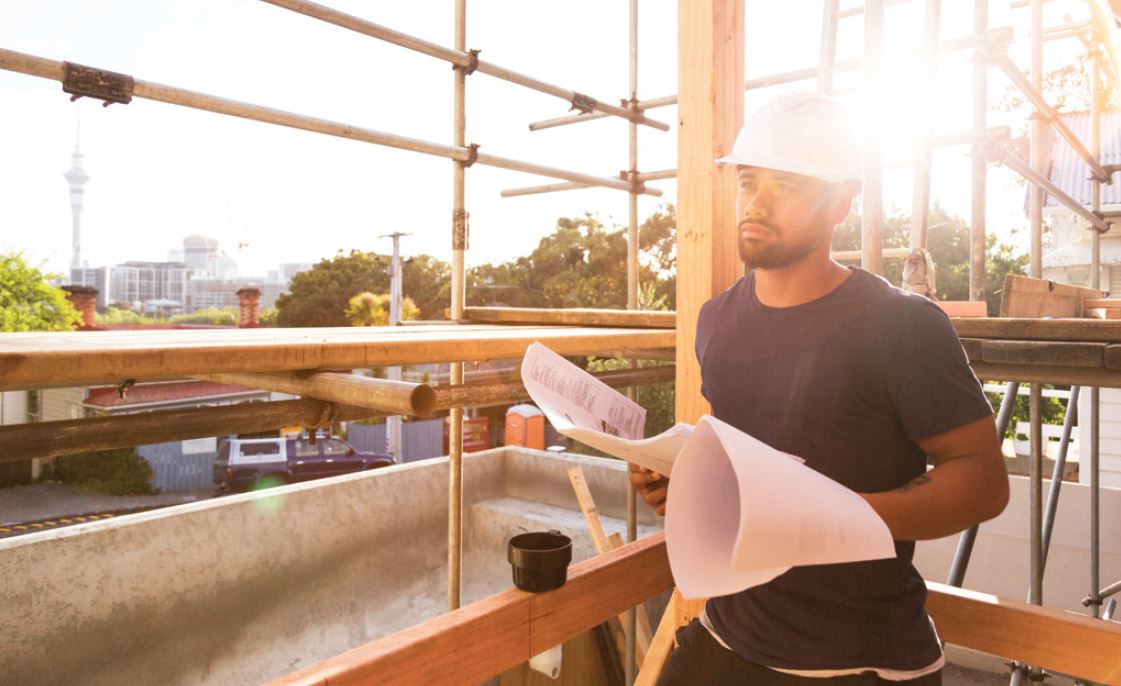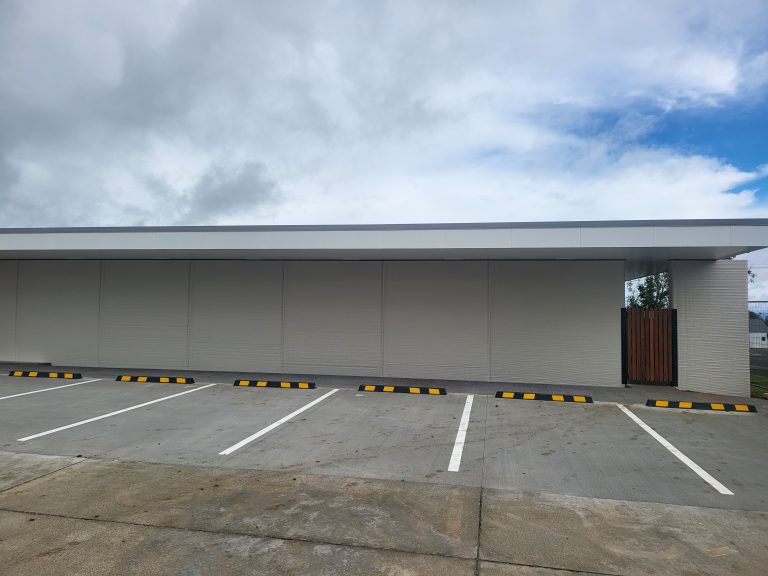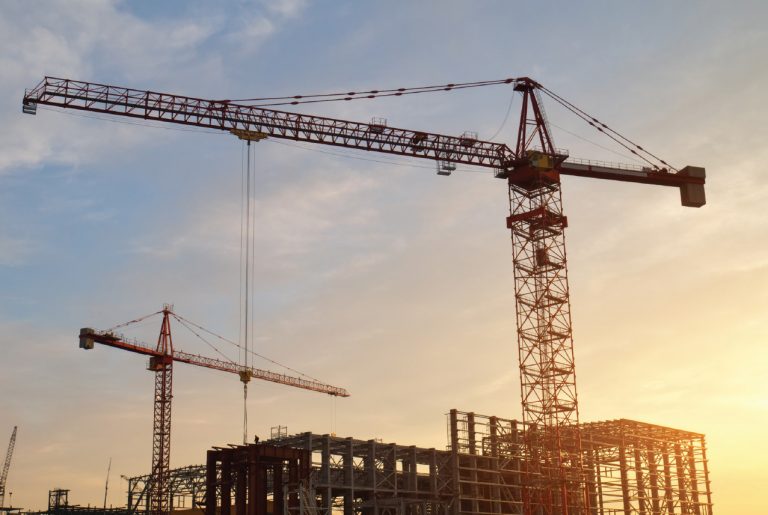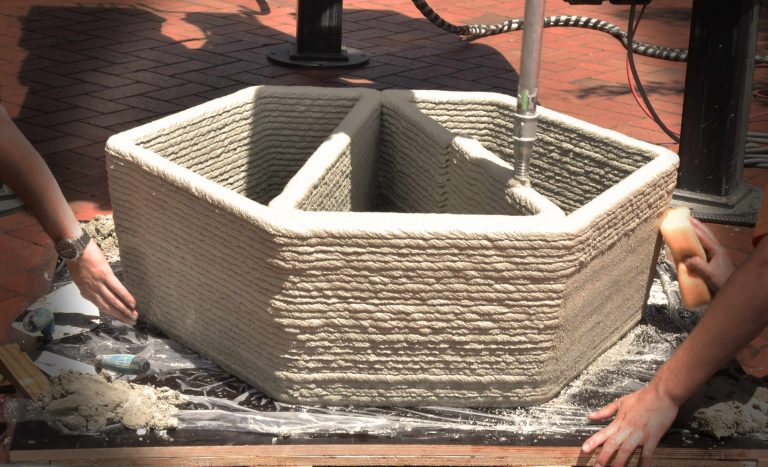A COMPLEX WEB OF POST-COVID CHALLENGES TO THE SUPPLY CHAIN AND LABOUR POOL HAS LEFT OUR CONSTRUCTION SECTOR WITH AN UNPRECEDENTED AND MULTIFACETED LOGJAM TO NAVIGATE.
A TROUBLESOME COMBINATION of supply chain disruption, a skilled labour shortage, skyrocketing prices, reduced margins and sustainability requirements have left the New Zealand construction industry essentially stuck, despite a pipeline of potential work such as the Government’s shovel-ready infrastructure projects and affordable housing targets.
New Zealand Building Industry Federation chief executive Julien Leys describes the complex knot of challenges facing the country’s construction sector as “a perfect storm.”
COVID-19 has had a part to play in creating the current frictions within New Zealand’s construction sector, particularly impacting supply chain disruption and skills shortages, but in some cases COVID-19 has simply exacerbated or exposed problems that were already there.
DEMAND FOR SUPPLY
Disruption to the supply chain is one particularly critical issue.
Pandemic-related port and border closures were behind initial delays in getting building materials into New Zealand. But as the world gradually re-opens, the problems have compounded.
“What is clear is that the global supply chain is actually malfunctioning. It’s broken,” says Leys. “Before COVID the supply chain appeared to be fine, but the pandemic exposed the fact it was a lot more fragile than anybody realised.”
Many shipping and building supply companies took the pandemic-related pause in operations to assess the efficiencies of their business models. Leys says, as a result many no longer include New Zealand in their supply routes. “Materials might make it as far as Australia, but not across the Tasman. It’s just not cost effective for them.”
That puts additional costs on building supply companies here, trying to get what they need into the country. Leys reports of one building supplies manufacturer spending as much as $65,000 per week on shipping costs.
With supply uncertain – as recently as June, a COVID outbreak closed down the Chinese port of Yantian, one the world’s busiest, for around 14 days – New Zealand must look internally for new ideas, Leys says.
“We have to find a way to manufacture things ourselves and fill those supply gaps.”
He suggests Government incentives for some of the sector’s big players to invest in manufacturing plants might be a good place to start. “They need protection to do that. If they’re going to invest at that scale, they would need to be guaranteed a pipeline of local work, so if the global supply chain frees up, they won’t lose their business.”
He adds that better capacity planning is also essential to help manage the supply chain. “If a larger company has plans in place to build 10,000 homes over a certain time period, that might encourage them to invest in a new plant, or in innovative materials.”
Another layer of stress, says Leys, is the Government’s CO2 emissions targets for 2035. “Most of which will require builders to start using completely new materials.”
STOCKPILING
Leys says scarcity has also led to stockpiling by companies and even countries, further aggravating the supply shortage.
New Zealand construction market intelligence company Pacifecon has been providing researched project information on commercial, industrial, residential and infrastructure projects to clients for over 30 years.
Pacifecon New Zealand business manager Trina Farr agrees that some businesses are holding more stock and warehousing is under pressure.
“Businesses that manufacture in New Zealand have seen increased demand where otherwise there might have been more overseas competitors supplying,” she says.
She says supply chain disruption has forced many businesses to adapt their processes to ensure they can meet project timeframes.
“Some are ordering stock as soon as they’ve won a job, despite the project not commencing for some time. Some businesses have completely reviewed their purchasing and project management systems.”
SKILLS SHORTAGE
Leys says a dire lack of skills is another challenge the construction sector is grappling with.
While this existed in the construction sector pre-COVID, closed borders have compounded the problem, he says. That means the healthy pipeline of work in the construction sector – even the Government’s shovel-ready infrastructure projects – are at risk of stalling.
“With Australia announcing its own programme of infrastructure across multiple states, companies here are starting to worry the few staff they do have will be drawn across the Tasman.”
Though the Government opened the doors to 300 migrant construction workers earlier in the year, the labour shortfall is closer to 60,000 to meet current pipeline projects. A 2019 report by quantity survey company Rider Levett Bucknall forecast a construction labour shortage of 57,600 by 2026.

While ongoing training and opening up immigration may improve labour supply in the long-term, one Waikato construction business owner believes technology has to be the answer.
Wafaey Swelim, managing director of QOROX – a Waikato-based 3D printed concrete company, says a change in approach is required.
“We’re in a country that struggles to find enough human resources and getting more people in isn’t the answer.
“More people means you need more infrastructure, more housing and more services. Automation is the answer.
“To move the industry forward, we need to do more with the little that we have and use automation to do the heavy lifting.”
He believes the flow-on effect of the impossibly tight margins most construction businesses are now working to has made many extremely risk averse. “They can’t afford to try something new in case it doesn’t work.”
TIME AND MONEY
For the customer – in the commercial or residential property sector – the impact of all this is rising costs and increased delays.
A Statistics New Zealand report in September 2020 estimated that the average delays to commercial building projects caused by Alert Level 4 lockdown was about 30 working days (33 for residential), or six to seven weeks. Leys estimates the disruption in getting materials into the country is delaying some projects by as much as eight months.
“By the time a delayed project gets underway the cost of construction has probably risen considerably. That puts additional pressure on the builder,” says Leys.
THE LIGHT AT THE END OF THE TUNNEL
While he expects the next six to 12 months to be challenging for the sector, Leys says some positives will come out of the
current challenges.
“There is an opportunity to develop new materials and products here. The key might be finding ways that new innovations can be certified quickly and cost effectively to meet building code requirements.”
Farr says that having sound systems and processes and being able to pivot quickly will be key going forward.
“Planning is vital as well as being adaptable. Using a platform such as Pacifecon gives visibility of what is in the construction pipeline so businesses have more time to be prepared and know who is making key decisions,” she says.
Resolving the complex issues facing the construction sector will require a collaborative approach.
The Construction Sector Accord was signed in 2019 to establish a joint vision between Government and industry and establish a high performing construction sector.
In January 2020, The Construction Sector Transformation Plan came into effect, with a three-year action plan focusing on driving changes in leadership, business performance, health, safety and wellbeing, people development, procurement and risk and the regulatory environment.
Accord transformation director Dean Kimpton says resolving supply chain issues is a key focus for the Accord.
“The Construction Sector Accord has received a final report on research to better understand current supply chain issues in the construction sector and how industry might be assisted to resolve them.
“The Accord’s Steering Group, comprised of senior figures in the construction sector and Government, met recently with Building and Construction Minister Poto Williams to discuss issues in the sector, including the Accord’s supply chain research.
“The Steering Group is now considering the research and what actions, if any, Government can take to assist industry resolve them,” he says.
A DEFINING MOMENT
Like most other countries, and sectors in the local economy, the New Zealand construction industry is realising that any “return to normal” will be a different normal, says Leys.
“Prior to COVID, the sector had not invested enough in training, capacity planning or manufacturing.
“This is going to force people to pay attention and look for new ways of doing things; be creative in finding
new solutions.
“We are in a new phase now. The immediate impact of COVID has passed and we’re starting to see some of the bigger disruptions. The situation we have right now is really complex to solve; it’s nothing the industry has seen before.”



